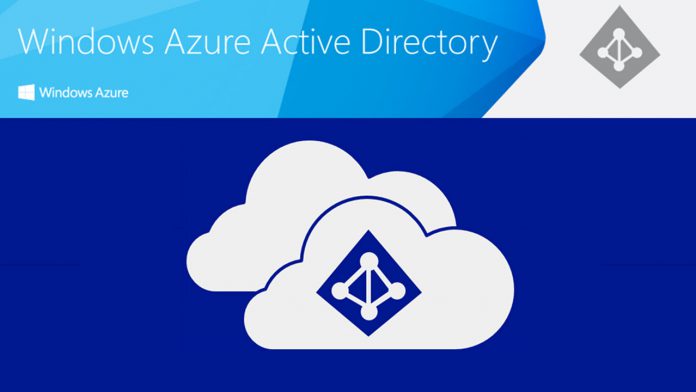Security defaults are not new on Azure Active Directory, which began rolling out in October 2019. At the time, they were only available for Azure AD customers creating a new tenant. They are now used by 30 million organizations around the world. In the coming months, Microsoft will roll out more security defaults on Azure Active Directory. This latest rollout will allow the defaults to reach more organizations and cover 60 million additional Azure AD accounts. “When complete, this rollout will protect an additional 60 million accounts (roughly the population of the United Kingdom!) from the most common identity attacks,” says Microsoft’s director of identity security, Alex Weinert.
More Security Default
For those unfamiliar, Azure AD Identity Protection is a cloud security service. It leverages machine learning to analyze contextual data to detect and prevent attacks on organization accounts. It was based on the Active Directory Domain Services feature that was in Windows 2000. Security defaults provide identity security tools to give organizations with less security resources to boost their defence from phishing and password attacks. Defaults are available on the free version of the Azure AD. Users can enable security defaults through the Azure portal. “These organizations experience 80 percent less compromise than the overall tenant population. Most tenants simply leave it on, while others add even more security with Conditional Access when they’re ready,” says Weinert. Tip of the day: Though many VPN providers have their own apps, you can in many cases connect to a VPN in Windows without any third-party software. This is ideal if you have a self-hosted VPN or if you’re using a PC with restricted permissions. In our tutorial, we’re showing you how to connect to a VPN in Windows.




